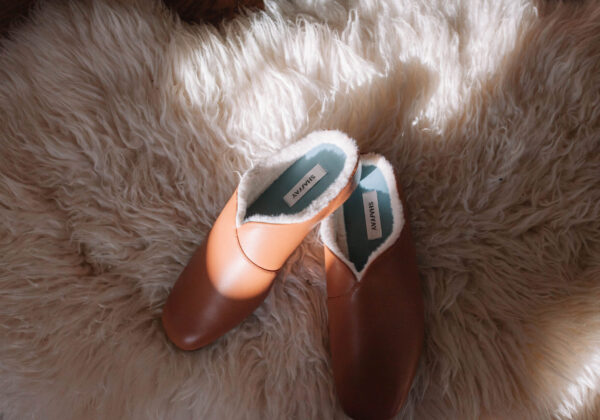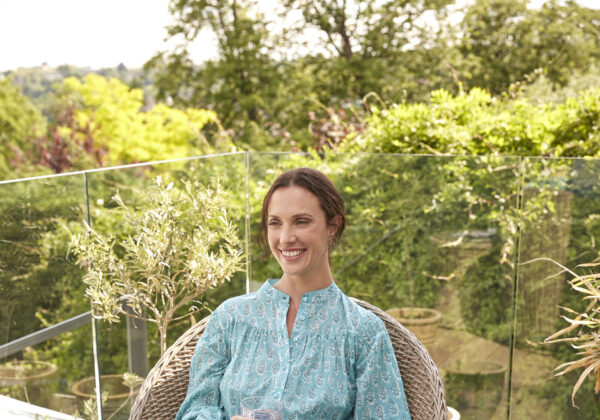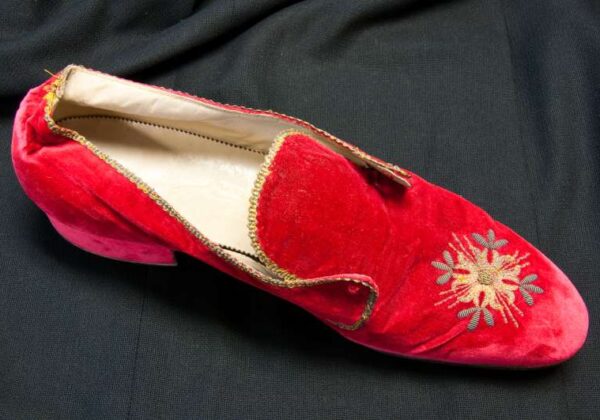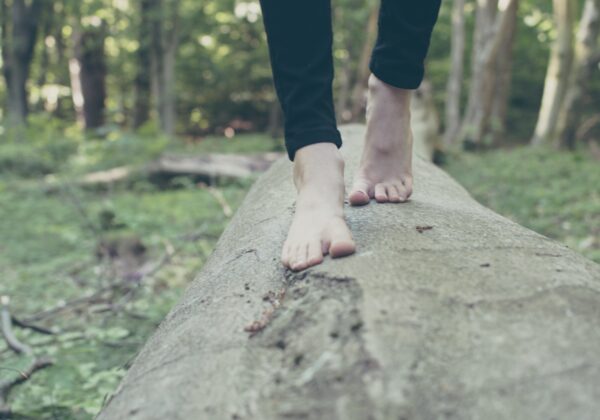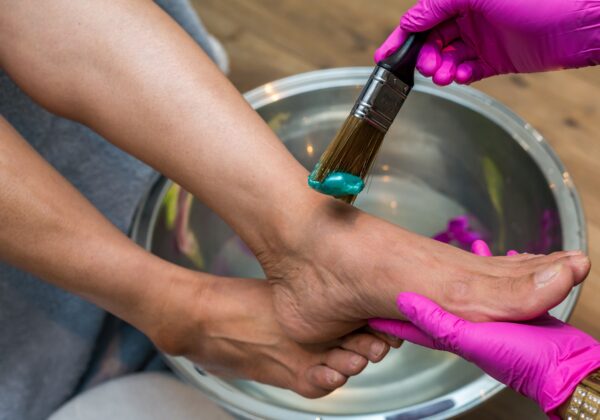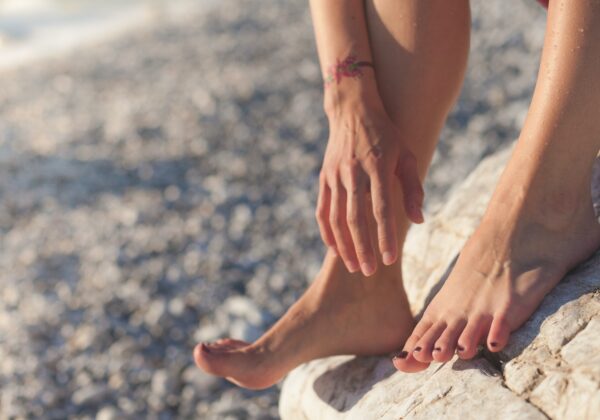Chinese foot massage is an ancient practice deeply rooted in traditional Chinese medicine (TCM). It is a time-honoured technique that involves applying pressure to specific points on the feet to stimulate the body’s natural healing abilities, promote relaxation, and restore physical and mental balance.
Foot massage has a rich history in China, dating back over 2,000 years. It originated as an integral part of TCM, which emphasises the interconnectedness of the body, mind, and spirit. According to Chinese medical principles, the feet are a microcosm of the entire body, with each area of the foot corresponding to specific organs and systems. (There is a similar system relating to the ears, but that’s another story.)
Chinese foot massage was the thing I missed most while coronavirus kept me away from China for three years. More than the food (even the steamed fish with ginger and soy sauce or the scallops still on their shells and piled with garlic, a little bundle of rice noodles and a sprinkling of spring onion or the dim sum (…I could go on)). The food I didn’t realise I missed until I came back. It was foot massage that I consciously missed, often commenting wistfully to my family about how nice it would be to have one. And it’s not just me. Our daughter, who did much of her growing up over here but is now a fully adult professional person in London who hasn’t lived over here for years, still makes the same sort of wistful comment from time to time.
Chinese foot massage operates on several key principles:
- Qi Flow: according to TCM, qi (“life force energy”) flows through meridians or energy pathways in the body. By stimulating specific points on the feet, the masseur aims to clear blockages and ensure the smooth flow of qi.
- Balance: The philosophy of balance, or “yin and yang,” is fundamental to TCM. Chinese foot massage claims to reduce imbalances and lack of harmony in the body.
- Holistic Approach: Chinese foot massage takes a holistic approach, seeking to address the root causes of any discomfort or illness by considering the body as a whole.
The benefits that Chinese foot massage is believed to offer are many and include:
- Stress Reduction: Foot massage is renowned for its ability to induce relaxation and reduce stress and anxiety.
- Improved Circulation: It can enhance blood circulation throughout the body.
- Pain Relief: Many people find relief from chronic pain conditions, such as headaches, migraines, and back pain.
- Better Sleep: Chinese foot massage can lead to healthier sleep patterns and improved sleep quality.
- Aiding Digestion: It may support digestive health and alleviate issues such as constipation and indigestion.
- Emotional Well-Being: People often say they feel calmer and more peaceful after a massage session.
When I mention to friends and family that I have been for a foot massage, they say things like “how lovely!” and “That must be so relaxing”. Actually, it is and it isn’t. In fact, it’s quite painful and sometimes absolute agony.
This is how the process goes:
First you are led into a small room (or a large one if there’s a big group of you – it can be a sociable thing to do) full of big armchairs and footstools and asked what sort of tea you would like, whether you’d like some fruit and what you would like in your foot soak – salt or Chinese herbs. I usually go for the herbs.
The tea and fruit will appear and then your masseuse (or masseur – you can choose) will heft a large wooden pail of extremely hot water into the room. It is so hot that it often takes me a few attempts to fully immerse my feet in it. Unless it’s truly unbearable, pride usually prevents me from taking up offers to add some cold water.
While your feet soak, the masseuse massages your head, neck, shoulders and back. This is stage 1. They go in hard with incredibly strong fingers, thumbs, knuckles, elbows and, finally, knees. They know all the acupressure points and those come in for special attention, which hurts. Other problem areas receive particular attention too, either because you tell them where they are or because they have found a hard knot that needs to be “massaged open”. That hurts too. Sometimes it hurts a lot, especially if you have been exercising or lifting things the day before. It hurts but it feels like it’s doing you good. That’s why the whole experience is so addictive.
You then shift over from the footstool, on which you’ve been sitting for stage 1, to the big armchair and the main event begins: the foot massage.
This too is not the gentle, soothing experience that you might imagine. It involves the systematic pressing and massaging of points all over the feet (top, bottom, heels, toes, ankles) in accordance with the Chinese reflexology principles mentioned above. I don’t really buy the idea that areas of the foot correspond with areas and organs of the rest of the body. However, sometimes, I have winced in surprised pain when pressure is applied somewhere on the foot and asked what that area corresponds to. Quite often the answer resonates. (“Head “ – oh yes, I had a migraine this morning, for example.) Accordingly, I really can’t dismiss reflexology altogether.
The masseuses are invariably delightful (I’ve not once encountered an unpleasant one) and nearly always want to chat. They are especially interested in foreigners. Where are you from? How long have you been in China? How come you speak Chinese? Do you have children? Naturally, I reciprocate by asking equivalent questions about them. And then the conversation could meander anywhere. They will often tell me how difficult it is to communicate with other foreign customers and ask for some English vocabulary. “How do you say “hurts”?” is, tellingly, a common question.
All this is punctuated by enquiries and responses about whether they should press more or less hard on the feet and offers to summon more tea and fruit.
The final flourish is the application of hot wet towels to the bottoms of the feet. These arrive magically, billowing steam, direct from some special towel-heating device in some other room. The masseuse has to pick each one up gingerly by the extreme corners to avoid scalding her fingers and then flap it around a bit until it is, just about, not too hot to handle. She then lays it on another dry, cool towel before pushing it onto the soles of your feet. And then she’s done and you feel relieved that all the painful prodding has stopped and, at the same time, rather sad that it’s over.
You are perhaps thinking that this whole thing is wildly expensive. I’m sure it would be back in the UK, but here it is not. There are massage places everywhere in China – probably a few hundred in every city. A foot massage is considered a regular necessity for maintaining good health rather than an extravagant luxury.
Still, it does feel like a luxury to me (pain notwithstanding). A luxury I appreciate all the more now after having missed it for so long.


